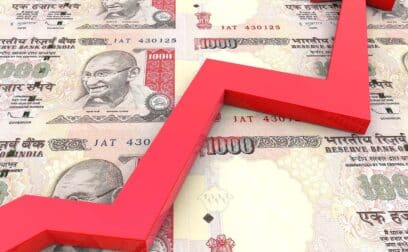Definition
Net present value (NPV) is a financial metric used to evaluate the profitability of an investment or project.
What is net present value?
It represents the difference between the present value of cash inflows and the present value of cash outflows over a specified period of time. NPV is a crucial tool for decision-making in finance and investment, as it helps determine whether an investment is likely to generate a positive return.
Components of net present value:
- Cash flows: NPV considers all cash inflows and outflows associated with an investment, taking into account the timing of these cash flows.
- Discount rate: The discount rate is a critical component as it accounts for the time value of money. It reflects the opportunity cost of capital and adjusts future cash flows to their present value.
A positive NPV indicates that an investment is expected to generate more cash inflows than outflows, suggesting that it is potentially profitable. A negative NPV indicates that the investment is expected to result in a net loss. In general, investments with negative NPVs are not considered financially viable.
NPV allows for the comparison of different investment opportunities. The option with the highest NPV is generally the most financially attractive.
Choosing the appropriate discount rate is crucial. It should reflect the opportunity cost of capital and the specific risks associated with the investment.
NPV analysis may not capture all uncertainties or unexpected events. Sensitivity analysis or scenario modelling can help address some of these concerns.
Example of net present value
Let’s consider a real estate development project. The initial investment cost is £1,000,000, and the project is expected to generate cash flows of £200,000 annually for the next 10 years.
The net present value of this project would be calculated by discounting each cash flow back to its present value using an appropriate discount rate. If the NPV is positive, it indicates that the project is expected to generate returns higher than the cost of capital and is thus considered financially viable. If it’s negative, the project may not be economically feasible.
































 yet? Register here!
yet? Register here!